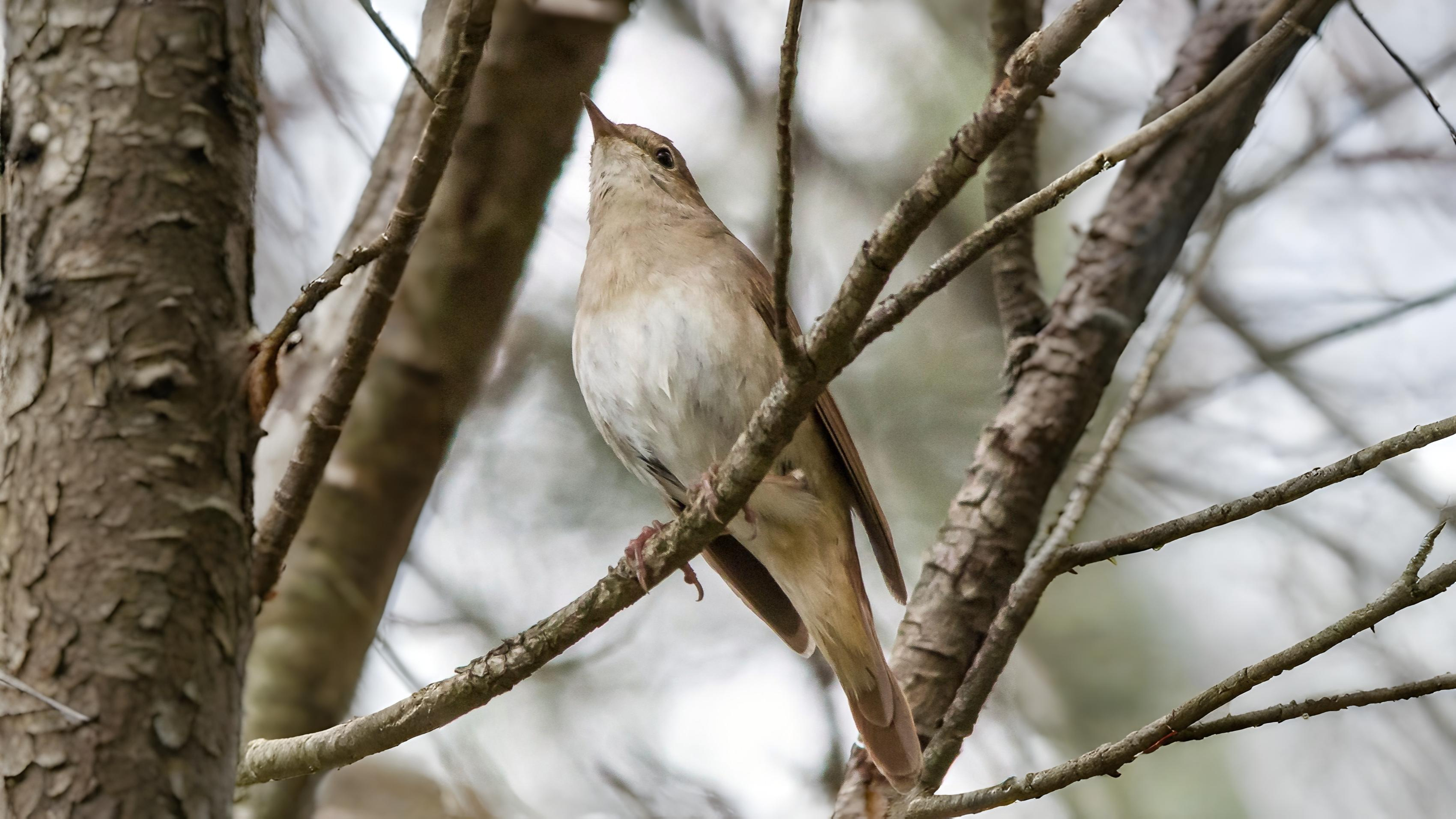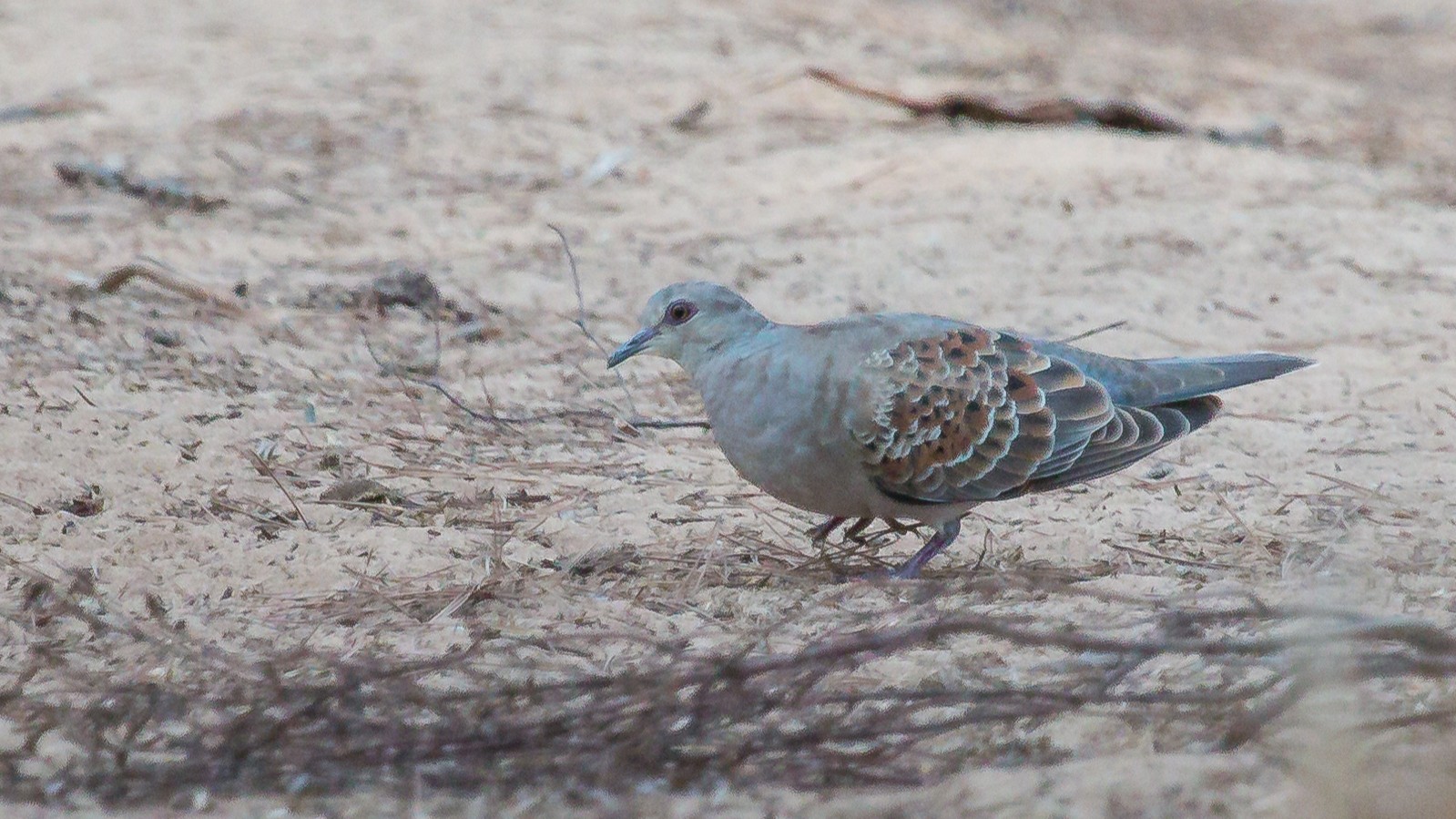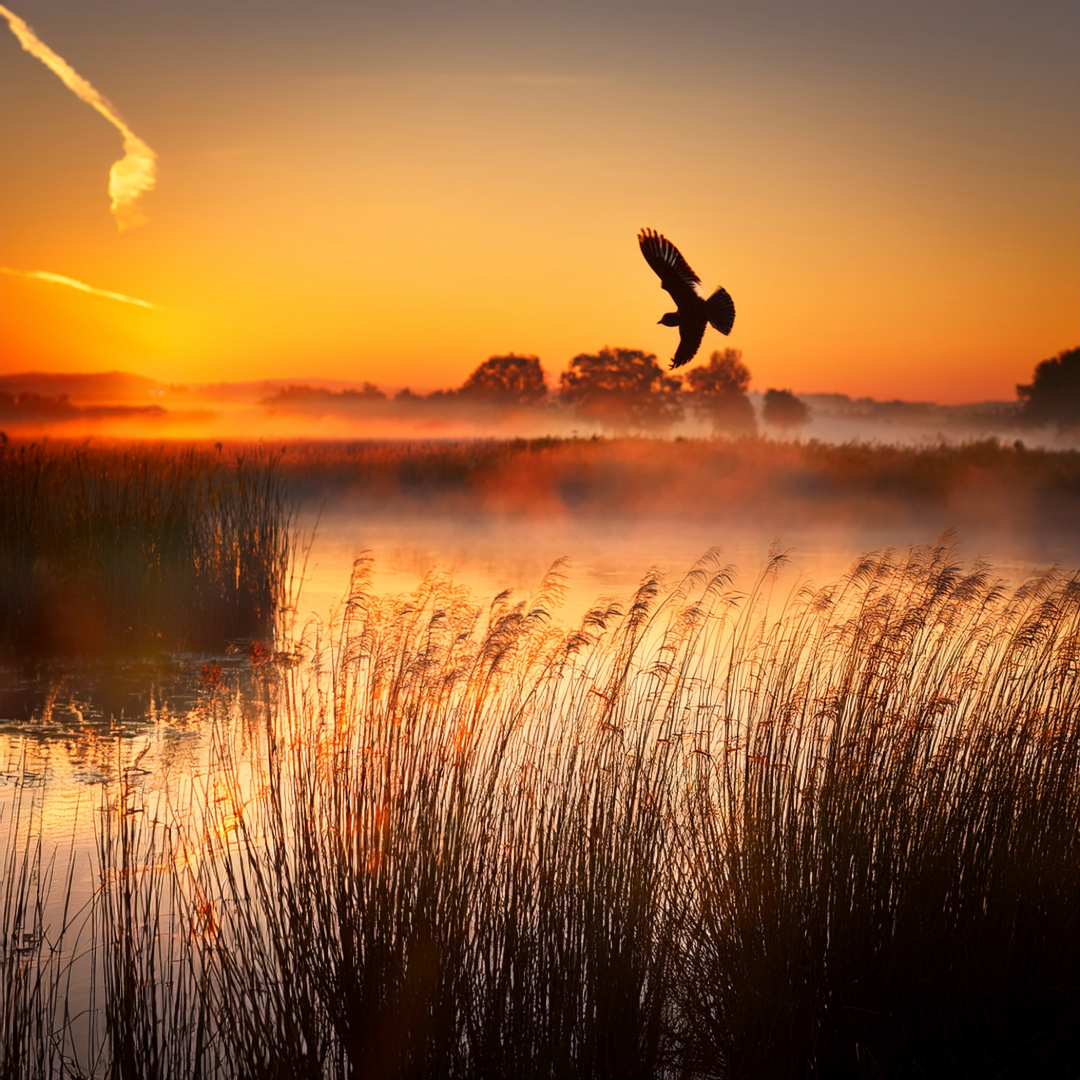
Why do seasoned birders whisper near Bookham Common at dusk? Where might a vanishing turtle dove still purr its sleepy serenade? And which rare migrants could appear - then vanish in a day?
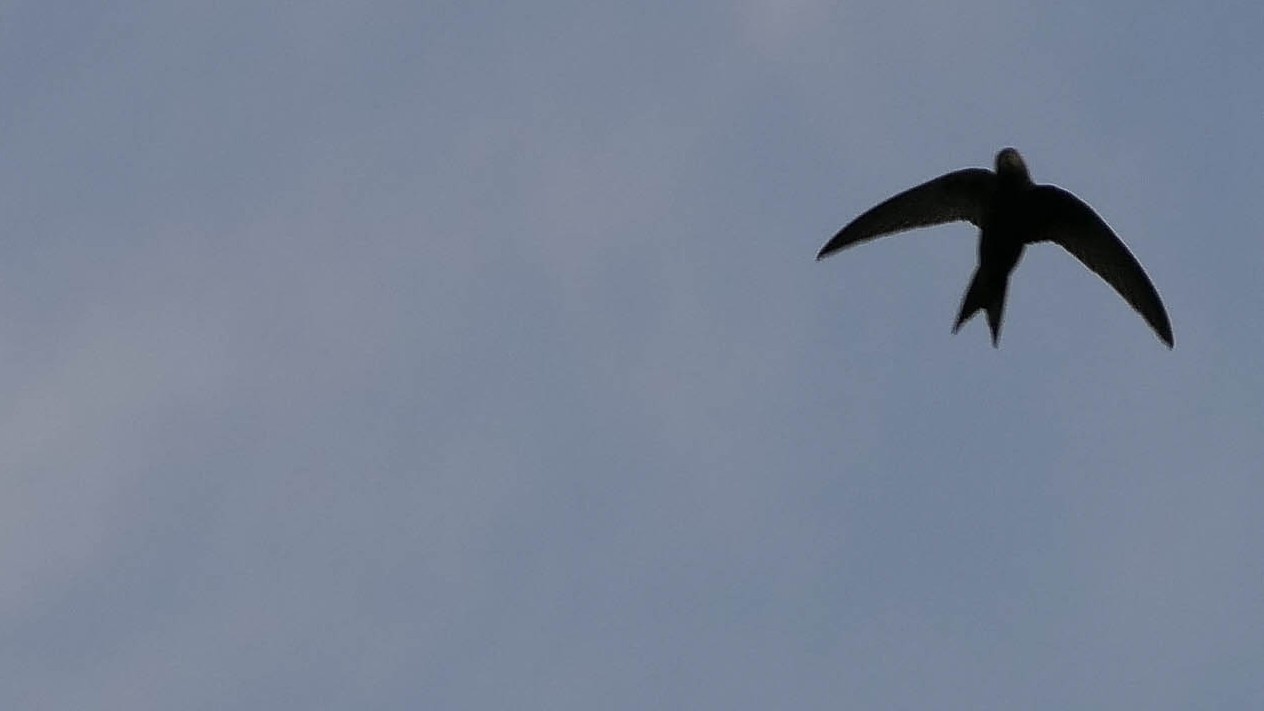

Birds such as tree pipits and wood warblers that seem to have forsaken London, turn up temporarily and occasionally sing. The easily missed marsh warbler is said to be second only to a nightingale for the complexity of its song. Grasshopper warblers can occasionally be heard reeling and Cetti’s warblers making their explosive utterances. Even the famous ‘wet-me-lips’ call of the quail can sometimes be heard. Great rarities such as ring ouzel, bluethroat and red-backed shrike are also all faint possibilities.
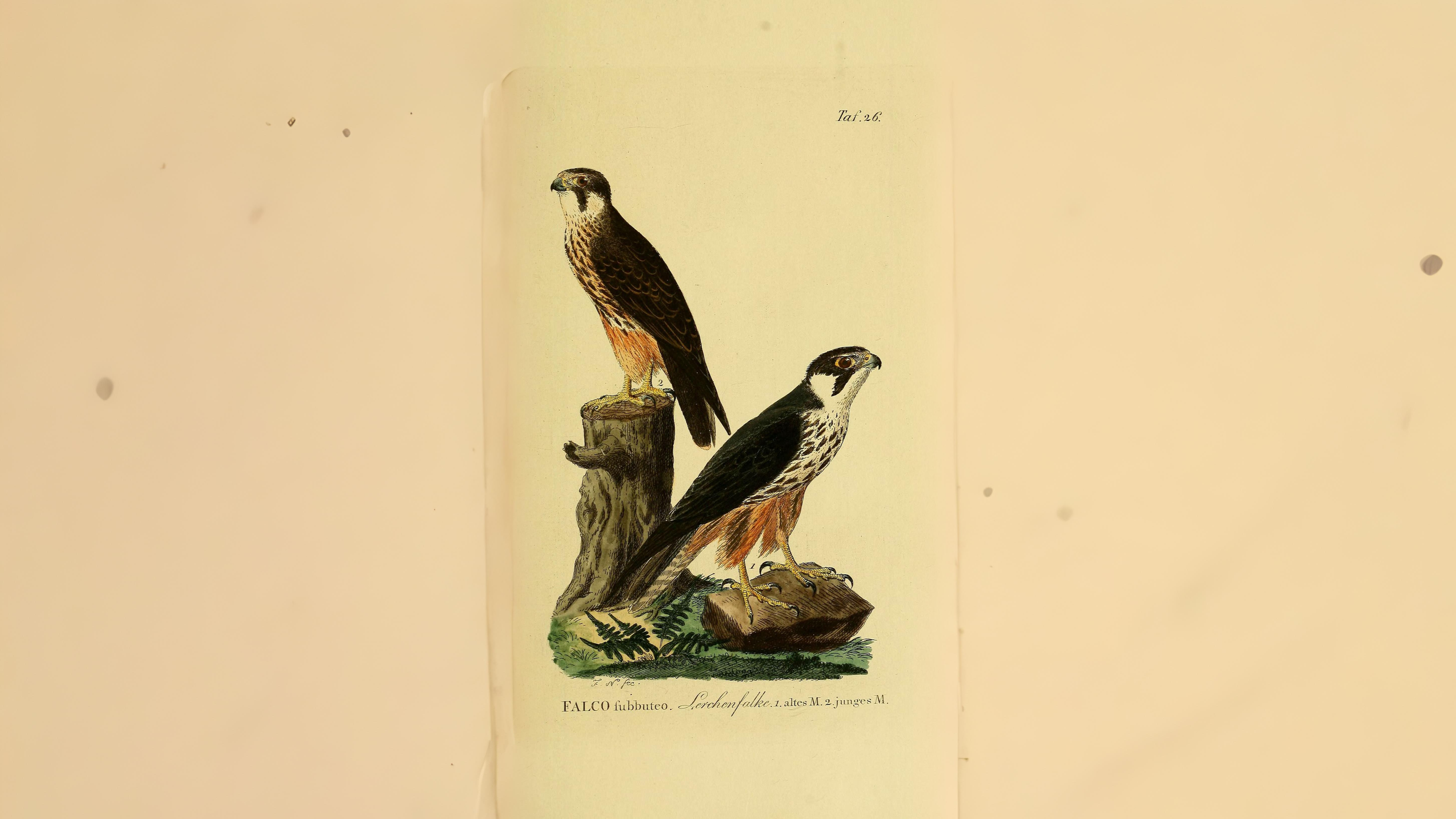

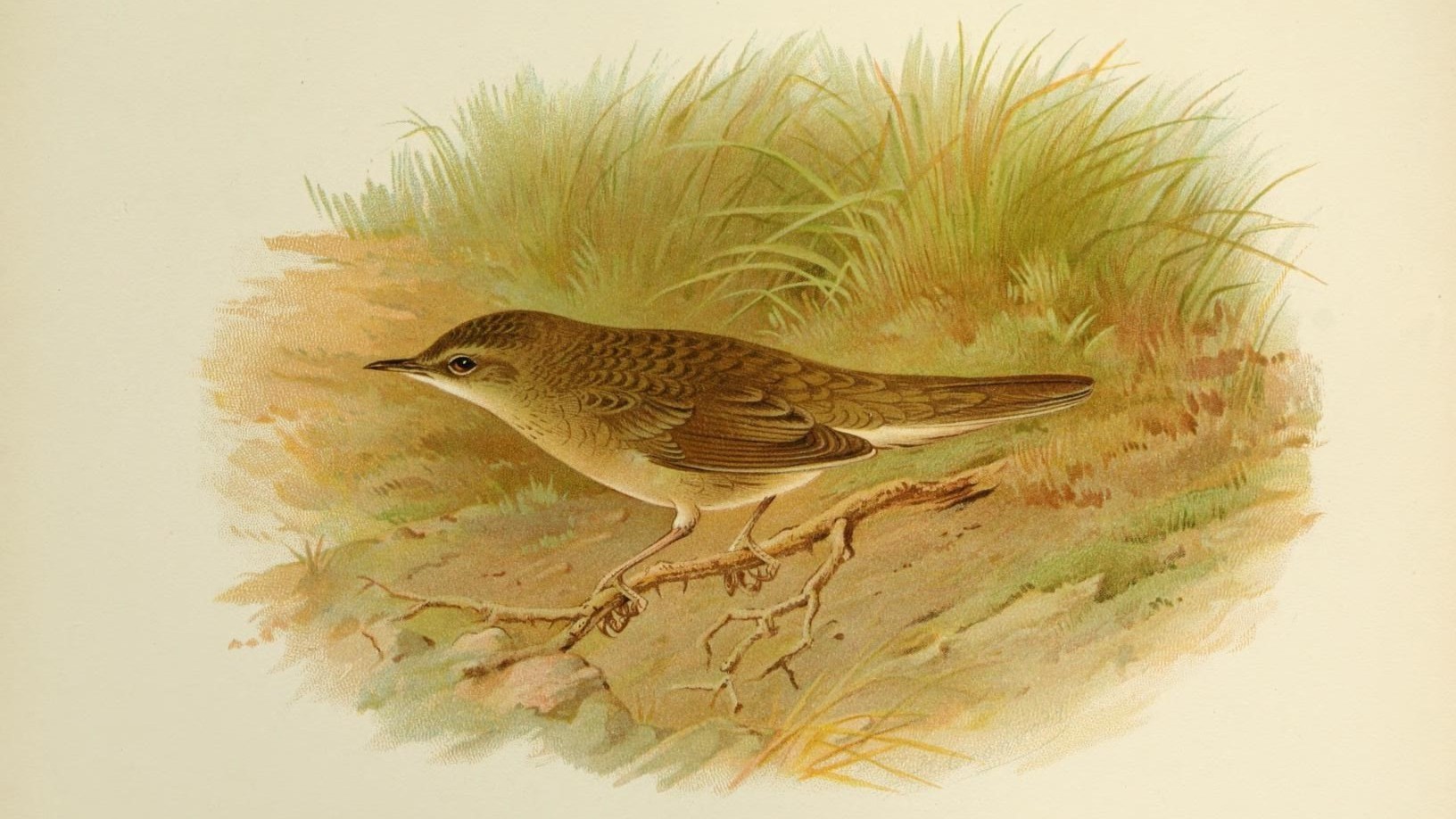

The song itself usually starts with a repeated ‘jug-jug-jug’, perhaps up to thirty of them before a protracted burst of pure, rich fluty notes. This can then be interrupted by the clear, isolated ‘Melba note’ which sometimes sounds as if it is coming from another bird. The whole sound is one of loud over-eager excitement. In contrast, the lower notes can have a hauntingly sad quality. Finally, but not always, there is a set of clear, punctuated, ascending notes which reach a crescendo. These have to be among the most evocative of all Nature’s sounds.
After such praise it is surprising there are not day trips to places like Bookham Common or the Lee Valley, which are still two places where they can still be heard in the London area. It is worth walking in such areas, especially where there is deep thicket as this is where they are usually heard. Then you can return at night when they may well be heard duetting in the darkness.
